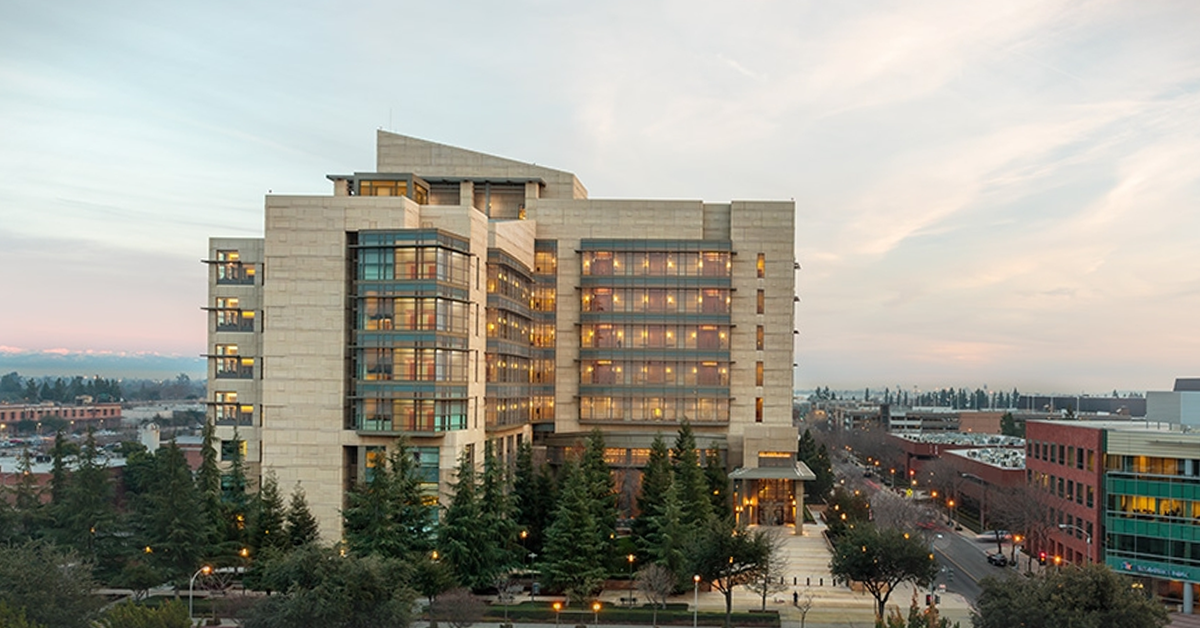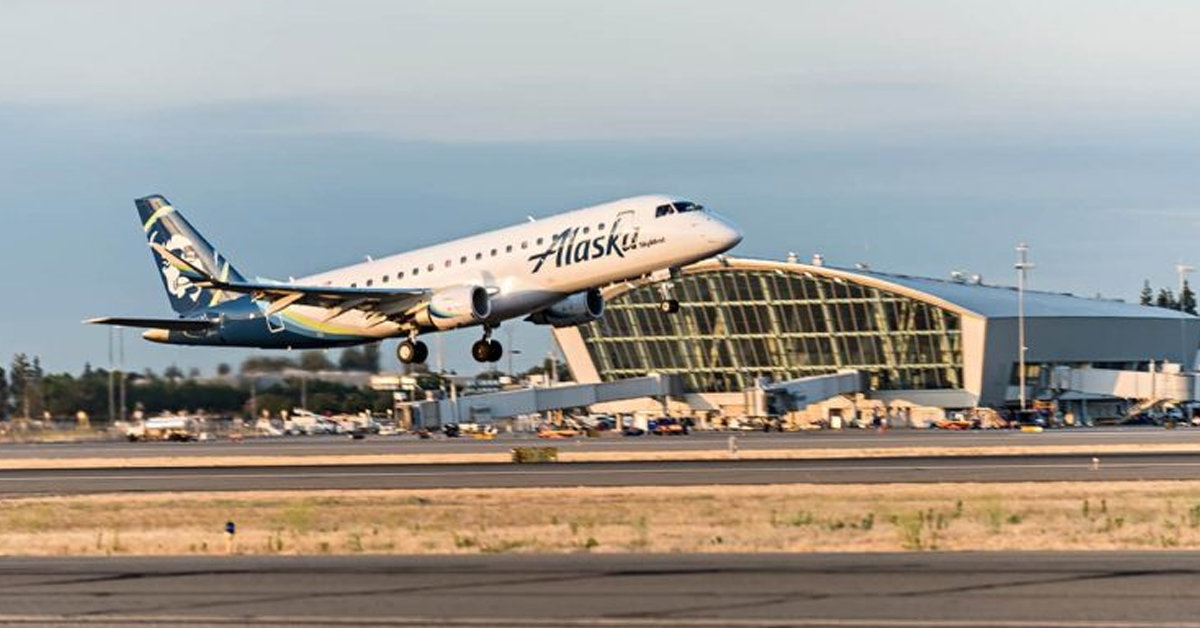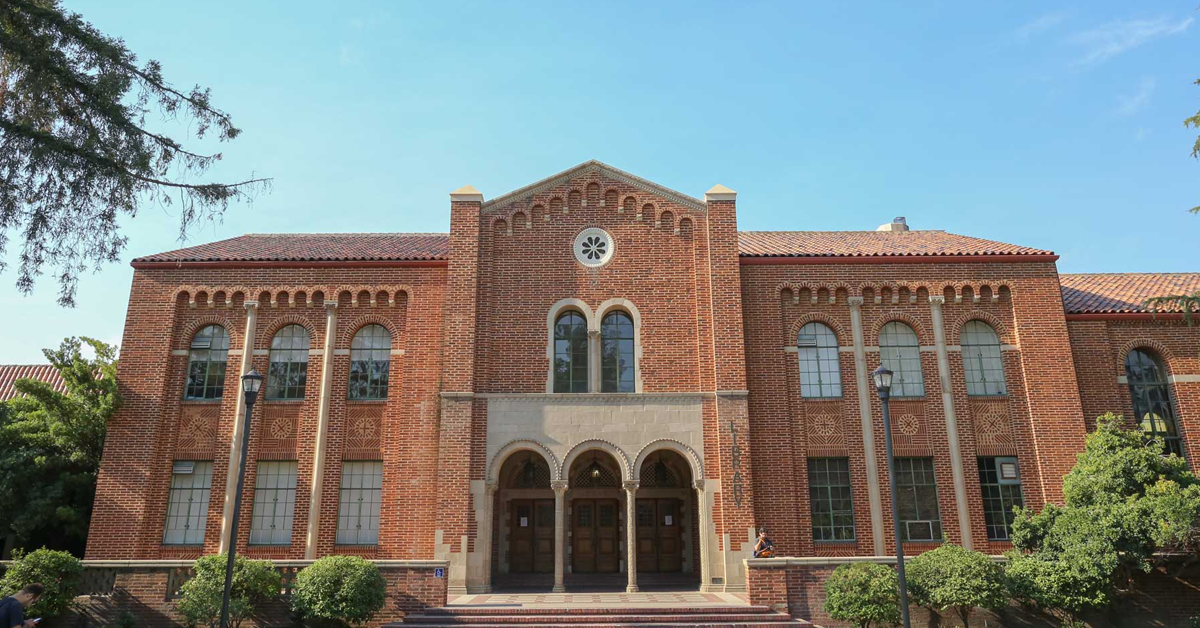Fresno City Hall is upgrading its public safety communications system.
The project is long overdue, says Police Chief Jerry Dyer.
The City Council last month approved two actions in the multi-phase upgrade. First, the council agreed to spend $94,000 on a consultant to take the next step in what’s called the Radio System Needs Evaluation. Second, the council agreed to spend more than $5 million to modernize the city’s microwave data network and buy new radio consoles.
The communications project is expected to cost nearly $28 million if everything on the city’s wish list gets done.
Any doubt that something needs to be done was put to rest when Dyer addressed the council on Dec. 14.
“We’ve had some failures,” Dyer said. “This summer our microwave system failed, and we lost several radio channels in our dispatch center, which presented a problem to us in our ability to communicate with one another. Secondly, earlier this month, on a Friday, we had radio channels go down in our dispatch center – meaning that our officers in the field could not hear our dispatchers. When that happens, our dispatchers have to go outside of the communications center and communicate with portable radios. Or, in this case, they went up to our Real Time Crime Center and began dispatching functions there. So, this is very important to us, both in the Fire Department and the Police Department.”
Fire Chief Kerri Donis, sitting in the audience, nodded in agreement.
Three concepts are key to getting a handle on what’s going on: 1.) It’s a dangerous, complex and unpredictable world out there; 2.) Interoperability; 3.) Time flies.
Of course, we’ve always known the validity of No. 1. But the lesson was hammered home on Sept. 11, 2001.
“On Sept. 11, when the terrorist attacks occurred in New York City, it was a clear demonstration that there was an increased need in interoperability amongst emergency services,” Dyer told the council.
About $7 million in grants from the federal Urban Area Security Initiative helped Fresno and the county build a comprehensive radio data-microwave system, Dyer said.
“That microwave system allows for voice radio to be compressed to data and transmitted,” the Chief said.
The microwave system and the radios, in turn, are part of a much larger system of communications and service. This is where “interoperability” comes in.
The word is defined on the Internet as 1.) “the ability of computer systems or software to exchange and make use of information;” 2.) “the ability of military equipment or groups to operate in conjunction with each other.”
When Napoleon said “an army marches on its stomach,” he was talking about interoperability (i.e. logistics).
I dropped by Dyer’s office on Friday to dig a little deeper into the communications project and interoperability.
“Communication is critical on an emergency,” the Chief told me. “People have to coordinate responses, coordinate resources. We have to be able to communicate with one another, regardless of whether that is police, fire, or any other entity that may come to assist – which could be Public Works, the Department of Public Utilities. We have to have that ability to communicate beyond a cellular phone.”
Finally, we come to the passage of time.
Dyer didn’t go into much detail with me or the council about the technology in the current communications system. It’s sufficient to note that Fresno police officers in the field have a special radio system in their patrol cars. This system allows the officers to talk to the dispatch center and, if necessary, to other law enforcement agencies operating on a different frequency. This radio system, like the microwave system it relies on, was installed more than a decade ago.
That’s the Dark Ages when it comes to the march of technology.
“We’re living on borrowed time at the 14-year mark,” Dyer said. “But we knew it was coming.”
The Chief said the microwave and radio console upgrades should be finished in late 2018.
The next step is further refining exactly what Fresno needs in a 21st century communications system. That’s what the consultant – CDX Wireless Technology Consulting of Boulder, Colorado – will do.
The staff report sent to council said in part: “This is a large scale project and the cost for the solution is estimated at $27.9 million…. Since this is such a large project, more work needs to be done to break the project into phases, further refine costs for the project, ensure data sharing ability/interoperability with neighboring agencies, identify grant opportunities and develop a proper implementation plan for the project.”
That phrase “identify grant opportunities” jumped out at me. City officials love to protect the general fund.
The communications upgrade, Dyer told me, is much needed and overdue.
“I know our officers and our dispatchers look forward to it,” the Chief said. “The truth is an officer or a dispatcher, they don’t really care what the infrastructure looks like. All they care about is when they pick up a microphone they’re able to communicate and somebody is able to communicate back to them. Our responsibility is making sure they have the right infrastructure and equipment to do that.”







